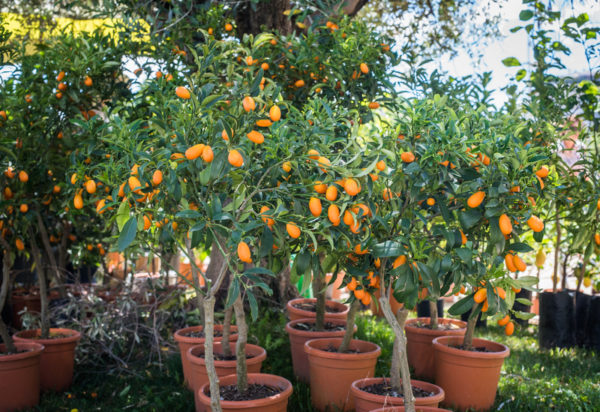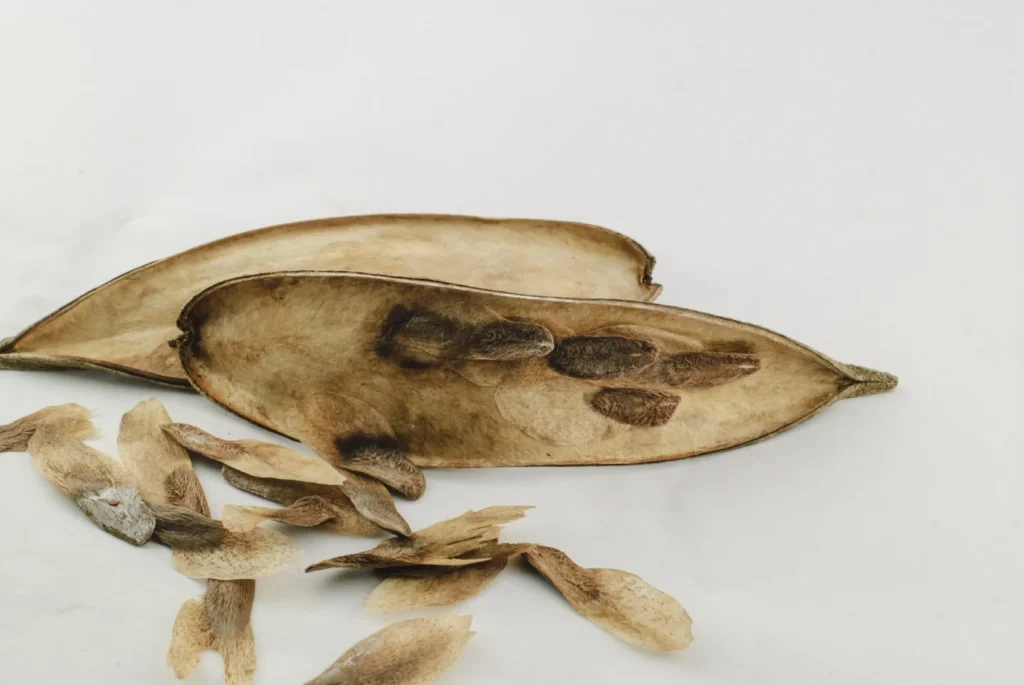If you love houseplants, you’re probably familiar with the spider plant. It’s super easy to take care of, making it great for beginners. But if you want your spider plant to look really bushy and full, you should learn to prune it the right way. Pruning means cutting off parts of the plant to keep it healthy and looking good.
In this guide, we’re going to teach you step by step how to prune your spider plant properly. By the end of this article, you’ll know exactly what to do to make sure your plant stays eye-catching and pretty in your home.
Table of Contents
- Prune Your Spider Plant in 8 Easy Steps
- Step 1: Find the Parts That Need Pruning
- Step 2: Use the Right Tools to Cut Off Bad Leaves
- Step 3: Remove Smaller Leaves to Focus Growth
- Step 4: Take Off Any Dead or Sick Leaves
- Step 5: Trim Back Long, Skinny Stems
- Step 6: Cut Off New Shoots If Necessary
- Step 7: Remove Any Roots Growing in the Air
- Step 8: Cut Off Blooms After They’re Done
- Step 9 – Make sure all leaves get light
- Step 10 – Tidy up after you’re done
- How much can you trim a spider plant?
- Should you cut brown tips off a spider plant?
- Is it okay to leave spider plant babies attached?
- How do you manage an overgrown spider plant?
- Conclusion
Prune Your Spider Plant in 8 Easy Steps
Step 1: Find the Parts That Need Pruning
First, look at your spider plant and find any parts that don’t look right. Look for leaves that are brown or yellow, any leaves that are really small, and parts that look dead or sick. Also, the plant might have some roots growing in the air or extra shoots coming from the base. You want to spot all these things so you know what to cut off.
It’s important to decide carefully which parts of your plant need to be cut so you don’t hurt the healthy parts. If you do this right, your plant will stay nice and healthy, and it will look neat and tidy too.
Step 2: Use the Right Tools to Cut Off Bad Leaves
Once you know which parts to cut, get some sharp scissors or pruning shears. Sharp tools make clean cuts that won’t hurt the plant. If you use dull scissors, you might tear the leaves and make it easy for the plant to get sick.
If you see any brown or yellow leaves, those could be sick or not getting enough water or light. Cutting these leaves off helps the plant stay healthy. Cut right at the bottom of the bad leaves, but be careful not to cut the good leaves. Taking care when you prune helps your plant grow better and stops it from getting hurt or sick.
Clean, sharp cuts are the best for your spider plant and will help it grow stronger without getting infections.
Step 3: Remove Smaller Leaves to Focus Growth
Spider plants naturally have lots of different-sized leaves. It’s normal for small leaves at the height of the life cycle to do their thing for a time and then fall away. It’s okay to let those small leaves go on their own.
But there could be small leaves in other areas that aren’t doing much. Getting rid of these can give the bigger leaves more space to get sun and nutrients. So, by snipping off the little leaves, you help the big leaves and the whole plant be healthier.
Step 4: Take Off Any Dead or Sick Leaves
If you see any leaves that are dead or look sick, you need to cut them off right away. This stops the sickness from spreading to the rest of the plant. Wear gloves and make sure your scissors are really clean so you don’t spread the germs.
Throw away the bad leaves so they don’t make other plants sick. And after you’ve handled the sick parts, don’t touch other plants until you’ve cleaned your tools. This keeps all your plants safe from sickness.
Step 5: Trim Back Long, Skinny Stems
If any stems on your spider plant are really long and thin, it might be because they’re not getting enough light. You should cut these stems so they don’t make the plant look messy. Plus, cutting them can make the plant grow new stems that are stronger and look better.
When you cut, find a spot with a few leaves on the stem and cut just above that spot. But be careful not to cut too much—you don’t want your plant to end up looking bare. Regular trimming keeps your plant looking its best.
Step 6: Cut Off New Shoots If Necessary
Your spider plant might have new shoots growing from the bottom. These shoots can suck up the plant’s energy and make it look less nice. Check if the shoots have healthy leaves before you cut them. If they don’t, just cut them off with sharp scissors close to where they connect to the main plant.
Trimming these shoots helps your plant stay healthy and look gorgeous. Just focus on taking off the shoots that aren’t helping the plant look good.
Step 7: Remove Any Roots Growing in the Air
Sometimes spider plants get roots that stick out into the air or into the ground. They aren’t very pretty and might hurt the plant. If you see any, go ahead and snip them off.
But if your plant has lots of these roots, it might mean that it needs a bigger pot or that the soil is too dry. Keep an eye on the soil and add water if it feels dry. Or think about giving the plant a new pot with fresh soil.
Getting rid of these roots and watching the soil keeps your plant healthy and good-looking.
Step 8: Cut Off Blooms After They’re Done
Spider plants sometimes grow flowers on long stems. Once the flowers have bloomed and died, it’s a good idea to cut the stems off. This lets the plant put more power into growing leaves, keeping it strong and happy.
Use your sharp scissors to cut off the flower stalks once the flowers are spent. Doing this can encourage the plant to focus on leaf growth, rather than spending energy on flowers that have passed their prime.
, when cutting the stems, be careful not to hurt the leaves. Damaged leaves can get sick or infected. Cut the stalks at an angle to avoid hurting any leaves. Trimming your spider plant this way can help it stay healthy and grow pretty flowers.Step 9 – Make sure all leaves get light
Spider plants need a lot of light to be happy and healthy. Sometimes the big leaves at the top can block light from the smaller ones at the bottom.
If you take off the leaves that are blocking the light, the ones below can get more light. This can help your plant stay nice and healthy. Just remember to be gentle when you remove the leaves so you don’t hurt the plant.
Step 10 – Tidy up after you’re done
Trimming your spider plant will keep it looking neat and tidy. You can use sharp scissors or special plant-cutting tools, called pruning shears, to cut off any parts that look dead or sick. It’s very important to pick up the cut pieces and throw them away the right way.
After you’re done trimming, sweep up the cuttings. You can use a little rake or a soft brush for the soil or a small broom for the bits on the floor. Then, put all the trimmings in a compost bin or a bin for garden waste.
Regularly trimming your spider plant is a good idea to keep it looking beautiful and growing well. Always use sharp tools to get a clean cut and make sure to throw away the trimmings so they don’t cause any problems. If you take good care of your spider plant, it can be healthy and grow for a very long time.
How much can you trim a spider plant?
Should you cut brown tips off a spider plant?
Is it okay to leave spider plant babies attached?
How do you manage an overgrown spider plant?
Conclusion
Trimming your spider plant is a good way to keep it healthy and pretty. Always use sharp tools for trimming, take care of unwanted leaves, and clean up afterward. If your spider plant gets too big, you can make more plants out of it. With some love and care, your spider plant can thrive for a very long time.









